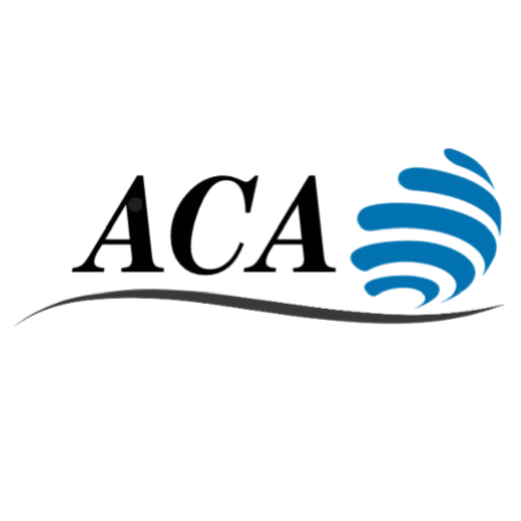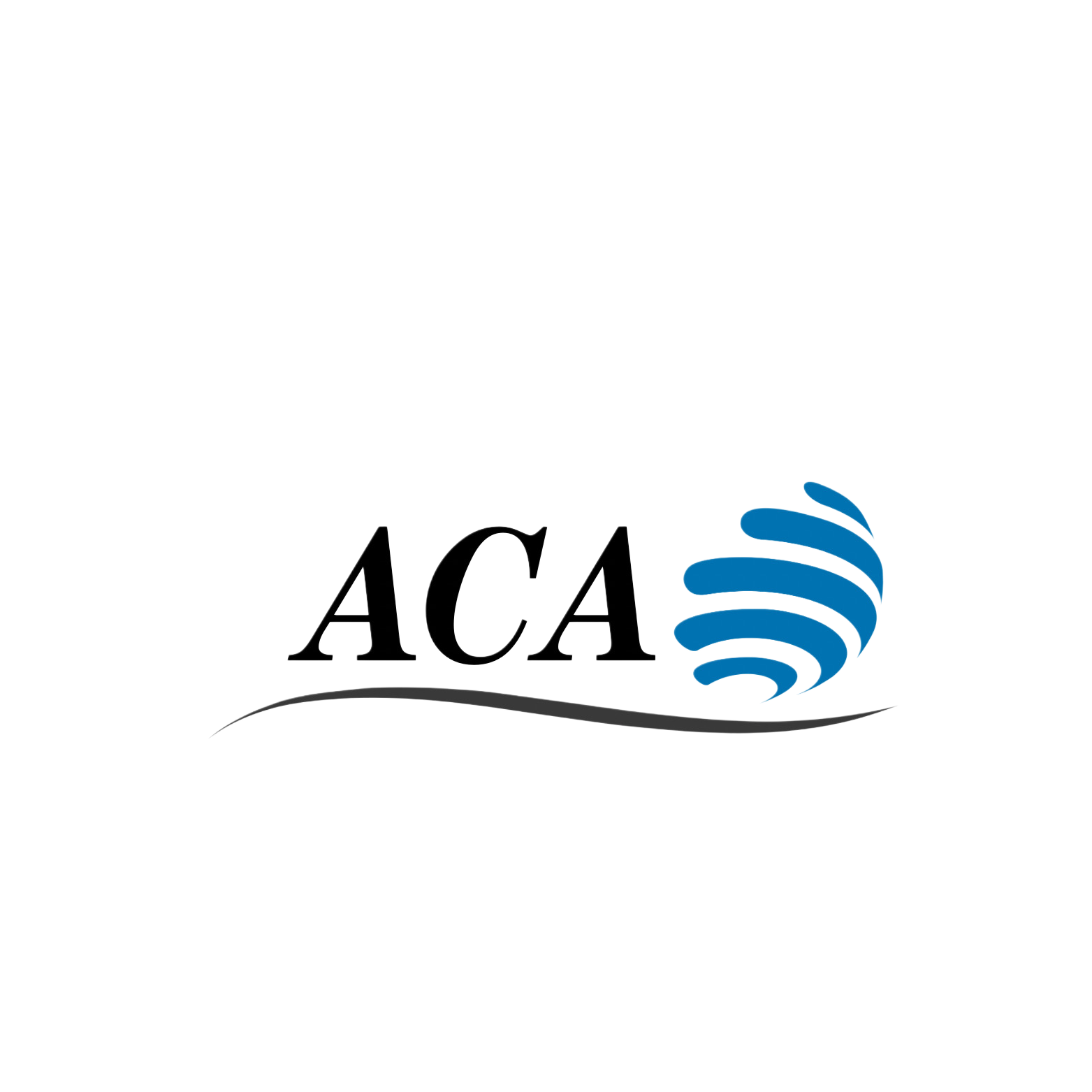GHG Emission Report Verification
GHG Emission Report Verification ensures your carbon disclosures are accurate, compliant, and aligned with global climate standards.
- ACA Home Page
- GHG Emission Report Verification
In a world increasingly focused on carbon neutrality, your greenhouse gas (GHG) disclosures are under the spotlight. Whether you’re reporting for regulatory compliance, voluntary initiatives, or sustainability-linked financing, third-party verification is essential to establish credibility.
GHG Emission Report Verification involves a detailed audit of your organisation’s carbon footprint, including Scope 1, Scope 2, and (where applicable) Scope 3 emissions. At ACA, we verify GHG reports based on trusted international standards such as ISO 14064-1, ISO 14064-3, and the GHG Protocol.
Our experts assess your emission boundaries, calculation methodologies, data collection systems, and carbon accounting accuracy. We provide limited or reasonable assurance statements you can confidently share with stakeholders, regulators, and ESG rating agencies.
ACA’s independent verification helps you move from ambition to accountability, proving that your climate impact data is reliable and audit-ready.
Trusted Emissions Data
Regulatory Compliance
Support Net-Zero Goals
Access to Green Finance
Risk Mitigation
What is GHG Emission Report Verification?
GHG verification is the process of independently evaluating the accuracy of your greenhouse gas inventory. It involves checking your emissions calculations, boundaries, and reporting methods to confirm they align with international standards like ISO 14064 or the GHG Protocol.
What are Scope 1, 2, and 3 emissions?
Scope 1: Direct emissions from owned or controlled sources (e.g., fuel combustion)
Scope 2: Indirect emissions from purchased electricity, heating, or cooling
Scope 3: All other indirect emissions (e.g., supply chain, business travel, product use)
ACA verifies any or all scopes depending on your disclosure strategy.
What industries need GHG verification?
GHG verification is valuable across industries — including energy, manufacturing, real estate, finance, tech, and supply chains. It’s often required by customers, financial institutions, or government programs.
What is included in ACA’s verification process?
- Scoping and planning
- Review of GHG sources, boundaries, and methodologies
- Sampling and recalculation of emission factors
- Interviews with key personnel
- Issuance of a verification statement
How long does GHG verification take?
- Depending on your organisation’s size and complexity, GHG verification typically takes 4 to 8 weeks. Faster timelines may be possible for smaller inventories.
Can ACA help with pre-verification consulting?
Absolutely, we offer readiness assessments and gap reviews to help you align your inventory with ISO 14064 or the GHG Protocol before verification.
What is the difference between limited and reasonable assurance?
Limited Assurance: Offers moderate confidence in the accuracy of the report (used for voluntary disclosures).
Reasonable Assurance: More in-depth; offers a higher level of confidence and scrutiny (often used for regulated disclosures).
Show Your Commitment to Climate Transparency
Not sure where to start? Our experts are here to guide you every step of the way.


